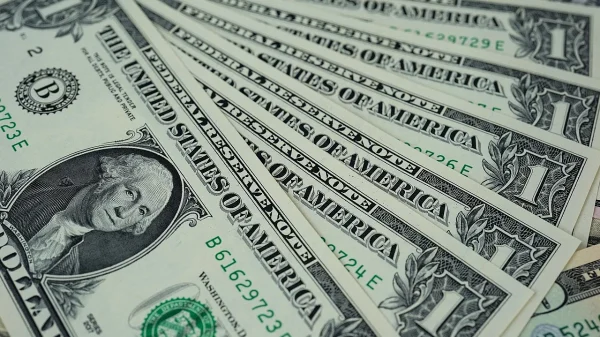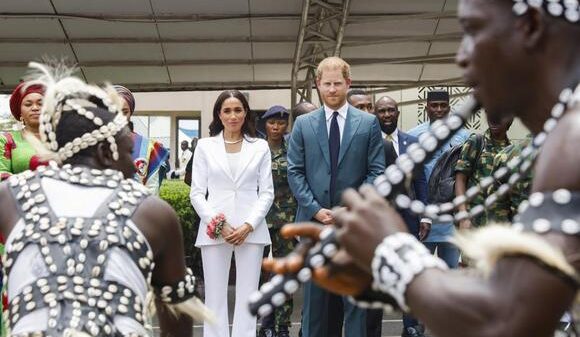Debt dynamic changed

Shawdesh Desk:
The country’s overall debt dynamic has seen a big change in the past decade due to growing lending by its bilateral lenders, especially China and Russia.
The trend increased the flow of foreign currency for implementing the country’s development projects and reduced the share of multilateral lenders in the country’s overall foreign debt stock.
Both China and Russia have increased their respective shares in the country’s bilateral debt stock, which was earlier dominated almost entirely by Japan.
Economists said changes in the country’s overall debt dynamics made payment challenging.
The country’s external debt repayment has been projected to almost double to $4.02 billion in the financial year of 2024–25 from $2.4 billion paid to overseas creditors in the financial year of 2021–22.
The sharp rise in the payment of external loans has been attributed by economists to the short grace periods of a number of big foreign loans.
The challenge will grow further in the coming years, said Policy Research Institute executive director Ahsan H Mansur, referring to the current dollar crisis, which has gone from bad to worse in the past year.
Planning minister MA Mannan, however, said that clearing the debt would not be a problem as the country’s capacity had grown manifold over the past decade.
In the financial year 2009-10, the country received $2.1 billion in loans from multilateral lenders such as the World Bank and Asian Development Bank, which accounted for 83.6 per cent of the total, according to the publication on the flow of external resources by the Economic Relations Division.
The share of bilateral lenders was only 13.4 per cent in that financial year and was held largely by Japan.
In the financial year 2021–22, the country received a record $10.9 billion in overseas loans, with the composition of shares between multilateral and bilateral lenders going through a massive change.
The bilateral lenders provided 51.27 per cent of the overall loan during the financial year, while multi lateral lenders accounted for 48.73 per cent share.
Calling the changing debt dynamic a success story, the planning minister claimed that it had demonstrated the country’s capacity to mobilise overseas funds for development from other than multilateral lenders.
‘We need more loans from bilateral countries,’ he said, adding that loans from multilateral lenders were full of technicalities.
The share of bilateral lenders in the overall debt stock has been increasing since 2011–12 due to the growing participation of China and Russia in lending programmes.
At least 12 projects worth around $18.54 billion have been implemented with loans from China.
The projects include a multilane tunnel under the river Karnaphuli, Shahjalal Fertiliser Factory, Dasherkandi sewage treatment plant, Padma Bridge Rail Link, Info-Sarker Phase-3, Dhaka-Ashulia Elevated Expressway, Modernization of the Telecommunication Network for Digital Connection, and power transmission line extension and distribution.
More loans from China for the implementation of projects are in the pipeline.
Available ERD data showed that the country’s overall debt to China stood at $4.7 billion until June 2022, up over 95 per cent in the past decade.
Until the same period, the country’s overall debt to Russia stood at around $5.0 billion in connection with implanting the Rooppur Nuclear Power Plant with a loan of around $12 billion.
In its publication on the flow of external resources 2021–22, the ERD said that there had been an increasing trend in the share of bilateral lending since 2010–11.
‘Some bilateral development partners such as China, Russia, and India have become more active in the global aid architecture,’ said the ERD.
Bangladesh, like many other countries, has been mobilising resources from these countries to fulfil its growing investment needs in large infrastructure projects, according to the ERD publication.
Such growing lending activities from bilateral lenders along with multilateral lenders pushed up the country’s overseas loan flow to $3 billion for the first time in 2013–14 and $6 billion in 2017–18, said ERD officials.
The ERD officials also said the growing lending from China and Russia has also brought about major changes to the country’s overall bilateral debt composition.
In a decade, the share of China and Russia in the country’s bilateral debt stock rose to 22 per cent at the end of 2022, according to the fourth debt bulletin issued by the finance division in January 2023.
The ERD officials said the share of China and Russia in the country’s bilateral debt stock was almost zero before 2010.
During that period, Japan dominated the country’s bilateral debt stock with more than 90 per cent share.
But Japan’s share in the country’s overall bilateral debt stock fell to 62 per cent in 2013 and further fell to 45 per cent in 2022, according to documents from the ERD and finance division.
However, Japan is still the largest bilateral lender.
The country’s outstanding debt to Japan stood at $9.2 billion in June 2022.
Former World Bank Dhaka office chief economist Zahid Hussain said the government should be careful while taking loans from bilateral countries for implementing projects ahead of the country’s graduation from the least developed countries block in 2026.
Projects with less economic viability should not be taken to avoid the risks of being distressed, he said.
Amid a lingering dollar shortage over the past year, the government has taken out a $4.7 billion loan from the International Monetary Fund to reduce pressure on the country’s balance of payments.























Leave a Reply